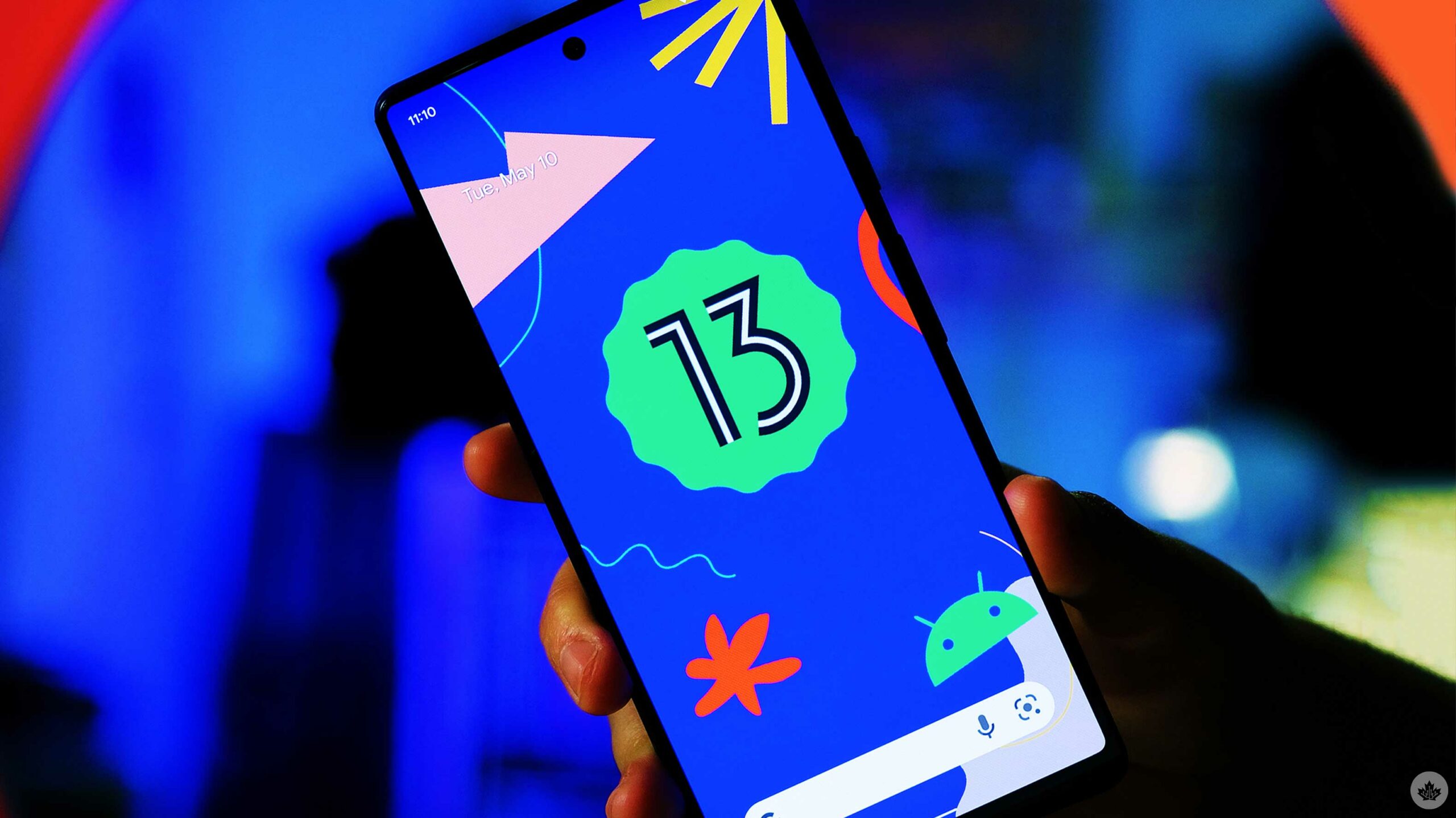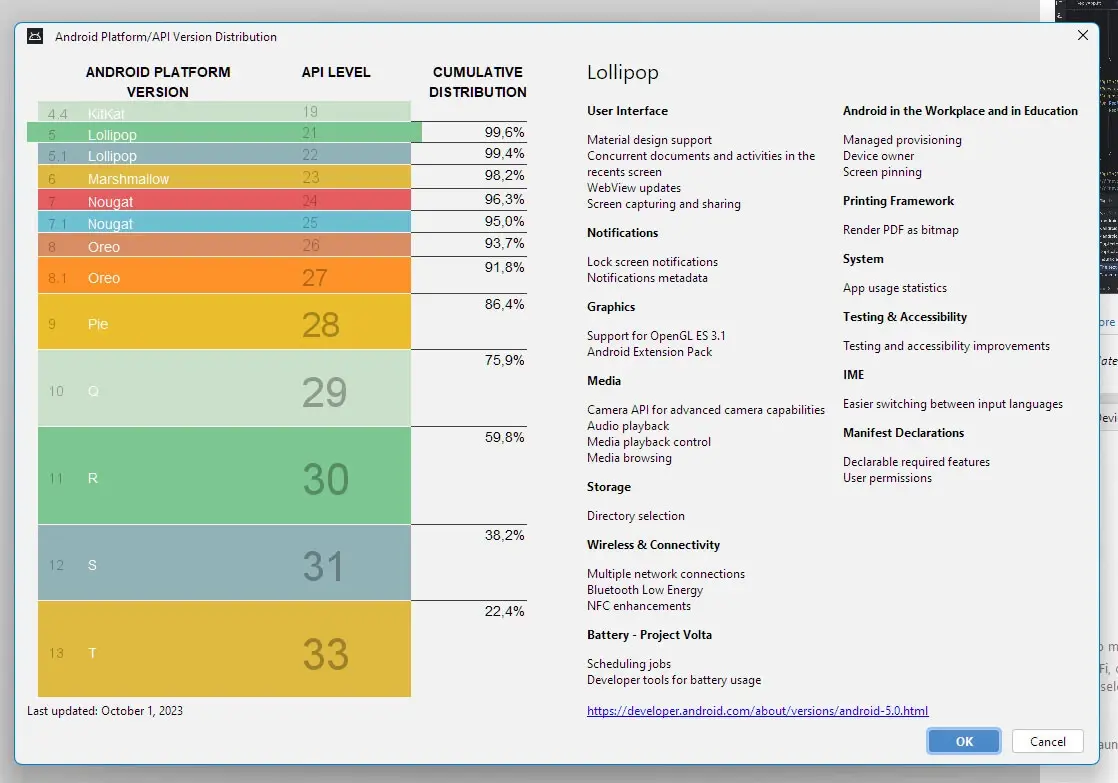
Overtaking 2020’s Android 11, last year’s Android 13 is now the most-used Android OS version.
The way Google calculates the numbers is by compiling the number of Android devices that accessed the Play Store during a seven-day period. According to the data, as shared by GizChina, via Android Police, Android 13 now runs on 22.4 percent of Android devices, a 7.4 percent jump since June this year.
Android 13 released in the second half of last year, and since then, a majority of Android devices have been shipping with the OS pre-installed, which likely contributes to the increased percentage. However, it remains to be seen if this is the peak for Android 13, considering Android 14 has started rolling out, and it offers solid optimizations, new lock screen options, improved security, battery efficiency, and more.
Google has once again updated the Android version distribution statistics shown to developers in Android Studio to reflect data up to October 1, 2023.
Here's how the % of (GMS Android) devices has changed since May 30, 2023 when the stats were last publicly updated.
– Android… pic.twitter.com/YENFvyqSe8
— Mishaal Rahman (@MishaalRahman) October 30, 2023
As expected, all other versions of Android saw a decline in distribution statistics.
- Android 12: From 16.3 percent to 15.8 percent
- Android 11: From 23.1 percent to 21.6 percent
- Android 10: From 17.8 percent to 16.1 percent
- Android 9: From 11.9 percent to 10.5 percent
- Android 8.1: From 6.1 percent to 5.4 percent
- Android 8: From 2.2 percent to 1.9 percent
- Android 7.1: From 1.5 percent to 1.3 percent
- Android 7: From 1.5 percent to 1.3 percent
- Android 6: From 2.3 percent to 1.9 percent
- Android 5.1: From 1.5 percent to 1.2 percent
- Android 5: From 0.3 percent to 0.2 percent
- Android 4.4: From 0.5 percent to 0.4 percent
Google’s use of Play Store access data means old, unused devices aren’t included in the results. This means that roughly 0.4 percent of all Android users are still using Android 4.4 KitKat, which came out in 2013, and 10 years later, they’re still on the same OS.
It’s also surprising that Android 11 still has a significantly higher market share than Android 12, which is largely criticized and considered a flop.
Android 14 is missing from the list, similar to how Android 13 was missing from last year’s report.
The Android distribution numbers aren’t available through any of Google’s official web pages, however, they are available to developers via Google’s Android Studio.
Check out GizChina’s complete report here.
Image credit: GizChina
Source: GizChina Via: Android Police
MobileSyrup may earn a commission from purchases made via our links, which helps fund the journalism we provide free on our website. These links do not influence our editorial content. Support us here.



